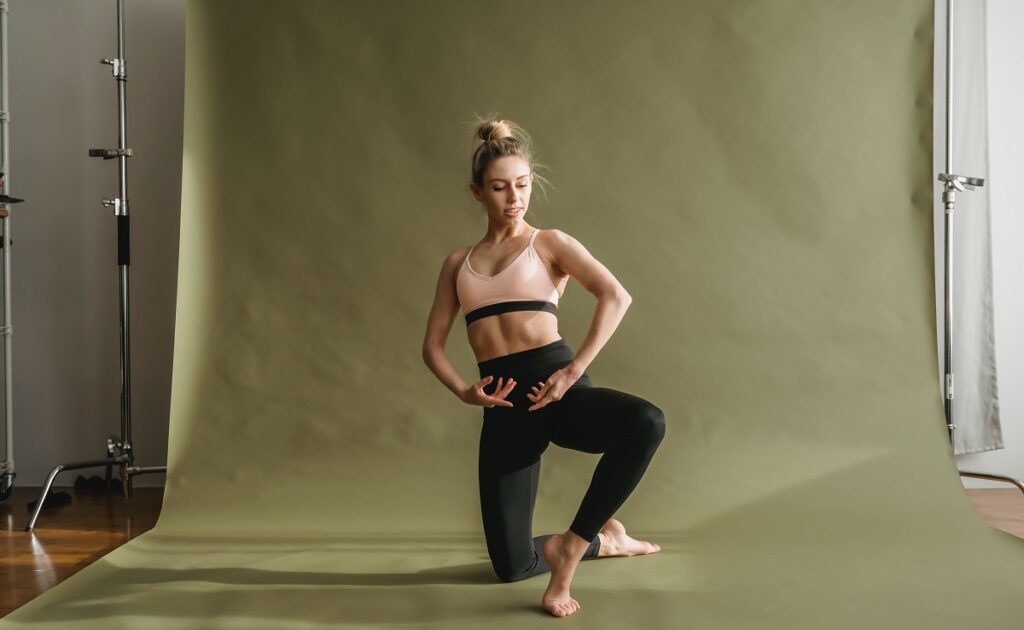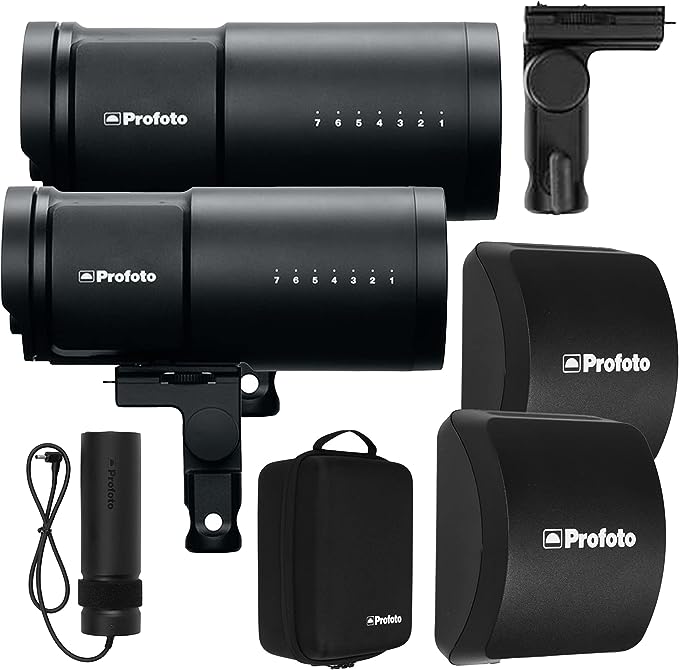Are you a passionate photographer, eager to turn your hobby into a thriving business? This guide is designed for photographers like you, ready to transform their passion into a studio that weaves compelling visual narratives.
Yet, the path from snapshots to a successful studio isn’t without challenges. With technology and smartphones driving a surge in aspiring photographers, standing out demands a unique niche and strong business sense.
Amidst the photography boom, rising above the crowd is crucial. Your distinctive vision, skills, and business savvy define you as both artist and entrepreneur. Join us on this journey to open your own photography studio, tailored to your uniqueness and full of potential.
The Foundation Stage of Building Your Photography Studio
Before the shutter clicks and the lights illuminate, meticulous planning and strategic groundwork are essential to ensure your photography studio venture is set on the right track
Writing a Solid Photography Business Plan
A well-crafted business plan serves as a crucial roadmap for establishing your photography studio, offering a comprehensive outline of your objectives and the strategies needed to achieve them. This foundational document goes beyond mere aspirations, delving into key components that underpin your studio’s success.
- Cash Flow Management: A business plan outlines your studio’s financial projections, helping you estimate revenue and expenses.
- Expense Analysis: By detailing anticipated expenses, a business plan helps you allocate resources wisely. This could include costs for camera gear, studio space, marketing, and administrative needs. A clear overview of expenses ensures you’re financially prepared to navigate challenges and capitalize on opportunities.
- Ownership Structure: Defining the ownership structure in your plan is essential, especially if you’re partnering with others or seeking investors. Clarifying roles and responsibilities helps avoid potential conflicts down the road.
- Competition Assessment: A thorough analysis of the competitive landscape allows you to position your photography studio effectively. Understanding your competitors’ strengths and weaknesses helps you identify your unique selling points and target audience.
To develop a robust business plan tailored to your photography studio, consider utilizing sample photography business plans as valuable references. By leveraging these templates, you can create a roadmap that navigates your photography studio toward long-term success.

Assessing Startup Costs and Securing Funds
When embarking on the journey of opening your own photography studio, a critical step is assessing the startup costs and securing the necessary funds to kickstart your venture. This involves a meticulous evaluation of essential expenses that lay the foundation for your studio’s operations:
- Camera Gear and Equipment: Calculate the costs of acquiring cameras, lenses, flashes, and editing software such as Photoshop and Lightroom. Having backup equipment is crucial for seamless operations.
- Licenses and Insurance: Factor in the expenses for obtaining any required business licenses and insurance coverage. This ensures legal compliance and protects your studio from potential liabilities.
- Website Development: Your website serves as the digital face of your studio. Invest in creating an impressive online portfolio that showcases your work, as well as a platform for clients to learn about your services and reach out to you.
- Studio Space: If you’re planning to operate from a dedicated studio space, research the costs associated with commercial rental properties, utilities, and any necessary renovations.
Wacom Cintiq 16 Drawing Tablet
Managing Personal Finances and Gaining Experience
In the early stages of launching your photography studio, it’s crucial to address the reality of the initial non-profitable phase. Understand that building a successful business takes time, and it may take a while before your studio becomes consistently profitable. During this period, managing your personal finances becomes paramount:
- Acknowledging the Initial Non-Profitable Phase: Be prepared for the possibility that your photography business may not turn a profit right away. This acknowledgment allows you to set realistic expectations and plan accordingly.
- Balancing a Side Job: Many photographers find it beneficial to maintain a side job or freelance work while establishing their studio. This supplementary income helps cover personal expenses and studio-related costs, ensuring financial stability during the early stages.
- Assisting Professional Photographers: Collaborate with established photographers as an assistant to gain practical experience.
- Building a Portfolio: Utilize your experience to curate a strong portfolio that showcases your skills and unique style. A diverse and well-organized portfolio helps attract potential clients and sets you apart in a competitive market.
- Understanding Client Needs: Working alongside professionals exposes you to client interactions, helping you understand their needs and expectations. This insight enables you to provide exceptional service and create a positive client experience.
- Continuous Learning: Invest time in learning and improving your craft through classes, workshops, and educational resources. Keeping up-to-date with industry trends and refining your skills contributes to your credibility as a photographer.

Setting Up Your Photography Studio
From creating a visually appealing studio environment to selecting the right equipment and tools, this section guides you through the essential steps to ensure your studio is well-prepared to cater to your clients’ needs.
Acquiring Essential Camera Gear and Equipment
Securing essential camera gear and equipment is a pivotal step as you work towards opening your photography studio. This stage involves careful consideration and strategic investment to ensure your studio is well-equipped to deliver high-quality results and meet client expectations. Here’s what you need to focus on:
- Identifying Necessary Equipment: Start by making a comprehensive list of the equipment you’ll need to run your photography studio smoothly. This includes primary items such as cameras and lenses, as well as supplementary gear like flashes and lighting equipment to enhance your shots. Additionally, include editing software like Photoshop and Lightroom to refine your images.
- Investing in Quality and Backup Equipment: When it comes to camera gear, quality is paramount. Opt for reliable, high-quality cameras and lenses that align with your photography style and genre. Investing in top-notch equipment ensures that you consistently deliver professional-grade results to your clients. Equally important is having backup equipment readily available. Cameras and gear can malfunction unexpectedly, and having backup options ensures you can continue your work seamlessly.
Determining Pricing and Building a Professional Website
Calculating prices thoughtfully ensures that your services are valued appropriately and sustainably.
Another fundamental aspect of this stage is building a professional photography website. Your website serves as a virtual showcase of your skills and style, making a lasting impression on potential clients. Designing an impressive website involves meticulous attention to detail, user-friendly navigation, and visually appealing layouts that reflect your brand identity. A well-structured website allows you to exhibit your portfolio, giving clients a glimpse of your previous work, and creating a connection through sharing your background and approach. Including transparent pricing information on your website fosters transparency and helps manage client expectations effectively.
Key points to consider:
- Calculate pricing that balances time, expertise, and expenses.
- Design a visually appealing and user-friendly photography website.
- Showcase your portfolio to demonstrate your skills and style.
- Provide background information and insights into your approach.
- Include transparent pricing details to manage client expectations.

Creating a Distinctive Studio Environment
Backdrop Selection
When setting up your photography studio, the choice of backdrop plays a pivotal role in enhancing the visual appeal of your photos. Opt for backdrops that not only complement your subject but also infuse an element of intrigue into your compositions. While traditional white backgrounds are popular, don’t shy away from unleashing your creativity by exploring an array of colors, incorporating props, and experimenting with diverse lighting effects. This approach can infuse a new dimension of depth and emotion into your imagery, allowing your subjects to truly shine against captivating backdrops that tell a unique visual story.

Embracing Creativity
Transforming your photography studio into a space of boundless creativity is key to producing distinctive and memorable shots. Embrace your inner innovator by delving into the realm of DIY props, imaginative decorations, and unique accessories that breathe life and character into your photographs. Think beyond the ordinary and consider incorporating unconventional elements such as mirrors, water features, carefully curated furniture, and even the occasional animal companion. This fearless approach to creativity not only adds a touch of uniqueness to your portfolio but also empowers you to create visually striking images that resonate deeply with your audience. By embracing unconventional ideas and materials, you’ll have the opportunity to craft images that truly stand out and leave a lasting impression.
Portrait Photo Backdrop for Photography Studio
Creating a Unique Brand and Networking
One of these crucial steps involves carving out a distinct brand and style for your photography business. This involves a deep introspection into what makes your work unique and how you want to be perceived by potential clients. By defining your brand, you create a cohesive and memorable identity that resonates with your audience and sets the stage for how your business will be recognized.
Key points to consider:
- Develop a distinct brand identity that reflects your unique style and vision.
- Identify your target markets, such as maternity, newborns, or senior portraits.
- Tailor your services and marketing efforts to cater to your chosen niche.
As you venture into the world of photography, actively participating in relevant groups, forums, clubs, and collectives can significantly expand your reach and reputation. Networking provides opportunities to showcase your work, share insights, and connect with potential clients and other professionals in the field. By building relationships and gaining recognition within these communities, you establish yourself as a reputable photographer, increasing the likelihood of referrals and collaborations that can drive your business forward.
Key points to consider:
- Engage in networking activities within photography groups and communities.
- Showcasing your work and connecting with potential clients and professionals.
- Establish a strong presence that leads to referrals and valuable collaborations.

Expanding and Growing Your Photography Studio
By continuously honing your photography skills through education and practice, you ensure that your work remains fresh and captivating for your expanding clientele. Additionally, exploring avenues for diversification, such as offering additional photography services like maternity or newborn sessions, can broaden your revenue streams and solidify your position in the market.
Marketing Strategies
Cultivating an email list and using newsletters for repeat business
Cultivating an email list and harnessing the potential of newsletters emerge as potent tools in fostering repeat business and nurturing enduring client relationships. By thoughtfully curating an email list comprised of past clients, interested prospects, and engaged followers, you create a direct line of communication that transcends the transient nature of social media. Through strategically crafted newsletters, you seize the opportunity to showcase your latest work, share industry insights, and offer exclusive promotions. This personalized and consistent interaction not only keeps your brand top-of-mind but also reinforces your credibility and expertise.
Utilizing Social Media and Maintaining a Blog
Skillful maneuvering of visual social media platforms, such as Instagram and Facebook, sparks captivating interactions, amplifying your presence and resonating with your audience. In parallel, the utilization of a blog proves instrumental in showcasing your mastery, igniting insightful discussions, and perpetuating an active dialogue with your clientele.
Utilizing Google ads to generate website traffic
Leveraging the power of Google ads becomes a cornerstone, driving increased website traffic and amplifying your online presence. Furthermore, forming strategic partnerships with charities for events and silent auctions not only boosts exposure but also cultivates meaningful connections with potential clients. An invaluable asset in your expansion journey is the creation and nurturing of an email list. Through informative newsletters, you can foster lasting relationships, keeping your studio at the forefront of your clients’ minds for repeat business and referrals.
Important questions to ask yourself before opening a photography studio
- What Type of Photography Studio Do You Want to Open? Are you interested in portrait photography, product photography, weddings, events, or a combination?
- What Sets Your Studio Apart? Identify your unique selling proposition (USP). What makes your photography studio different from others?
- Do You Have a Solid Business Plan? Have you developed a comprehensive business plan outlining your goals, target audience, pricing structure, and financial projections?
- What Are Your Startup Costs and Funding Sources? Calculate the costs of equipment, studio space, marketing, and other essentials. How will you fund your business? Consider personal savings, loans, or assistance from friends and family.
- What’s Your Marketing Strategy? How will you attract clients? Are you familiar with online marketing, social media, and networking? Consider how you’ll build your brand and reach your target audience.
- Have You Chosen the Right Location? If you’re planning to have a physical studio, location matters. Is it easily accessible to your target clientele? Is it a suitable environment for your photography style?
- How Will You Price Your Services? Determine your pricing strategy based on factors like time, expenses, and competition. Are your prices competitive while still reflecting the value you offer?
- What’s Your Plan for Client Interaction and Experience? How will you communicate and engage with clients? Consider the pre-shoot consultation, the actual session, and the post-session follow-up.
- Do You Have a Support Network? Opening a studio can be demanding. Do you have a support system to lean on during challenging times?
Ready to turn your photography passion into a thriving studio?
Embark on your photography studio journey with careful planning, creativity, and growth. Ask key questions, sharpen your skills, and make strategic decisions for success in the competitive photography industry. Craft a business plan, leverage social media and harness email marketing. This guide equips you to transform your passion into a thriving business. Embrace challenges, stay true to your style, and refine your craft to establish a standout photography studio that flourishes in this dynamic field.





